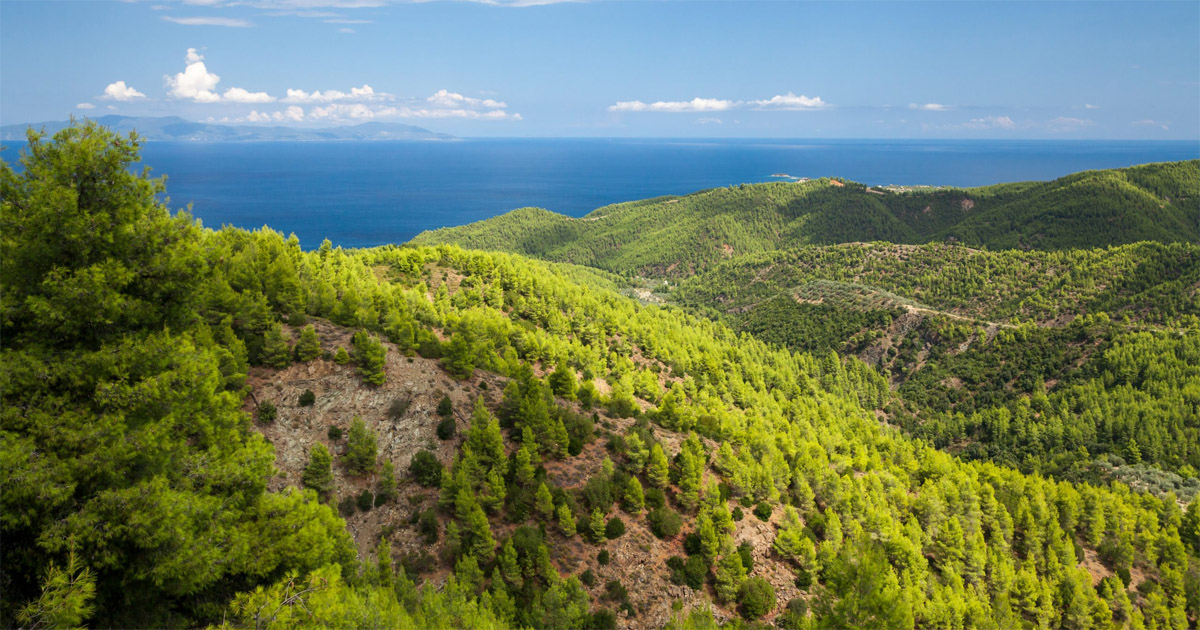The current study shows the process and the results of a methodology proposed to contribute with the issue of how to evaluate the adaptation to climate variability and future climate change. The proposed methodology consists of a standard to evaluate farmer's adaptation to climate variability, mainly due to drought in watersheds in Central America; and was created with contributions from experts and professionals around this region. The phases for this process were: (1) literature review about the topic, (2) development of a preliminary standard, (3) expert interviews for the evaluation of this preliminary standard, (4) construction of a standard to evaluate the issue of adaptation to climate variability emphasizing drought through contributions from experts and their preliminary evaluations, (5) applicability test of this standard for the evaluation of climate variability under real conditions and (6) application of this standard through a case study in the Aguas Calientes river sub-watershed in Nicaragua, which permanently undergoes drought problems and climate variability. This standard has five main principles that go from the general, considering regional and national policies and institutionalism, to the specifics at the level of watersheds. In addition to those principles, the standard contains ten criteria, 26 indicators and 51 verifiers distributed among the main five principles. In the process for testing this standard in the Aguas Calientes river watershed in Nicaragua, the score for the general applicability to this standard was middle-level (score of 3 in a scale of 1 to 5), although, for the main principles of this standard, the score was four (high).
DOI:
https://doi.org/10.1007/s11027-008-9158-1
Altmetric score:
Dimensions Citation Count:























